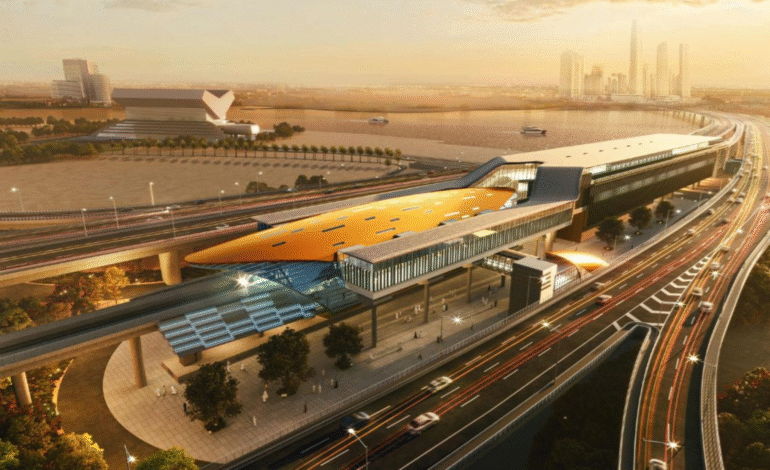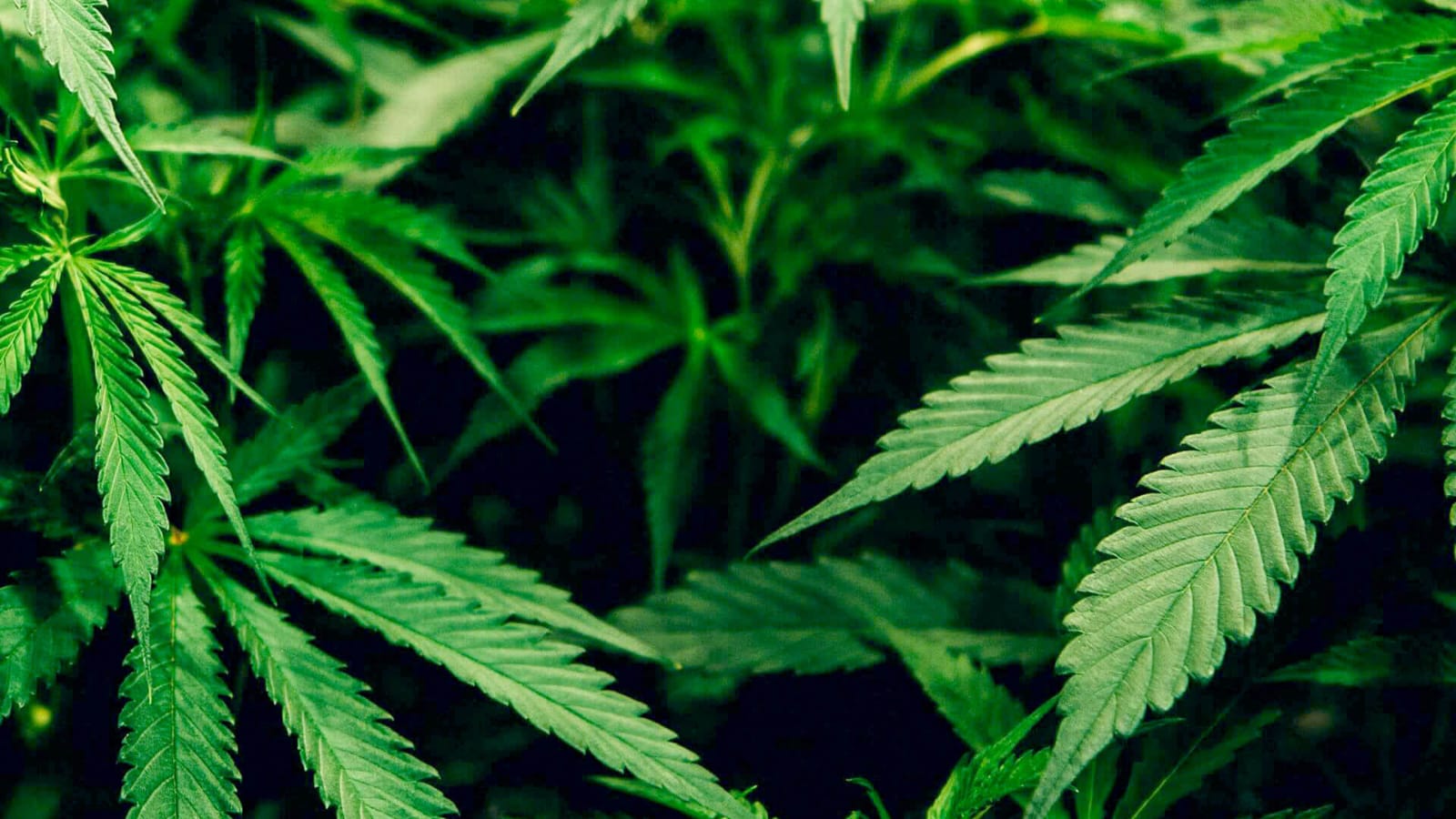Dubai RTA’s LED and Solar Drive for Sustainability Success

Dubai’s Roads and Transport Authority (RTA) has taken a big step toward a greener future by completing the second phase of its energy-saving program. This project swapped out 12,768 old lights with energy-efficient LED lights at metro stations and other facilities. It’s part of a plan to cut electricity use by 30% by 2030, making Dubai a leader in sustainable transportation UAE.
Muna Al Osaimi, CEO of RTA’s Corporate Strategy and Governance Sector, shared with Emarat Al Youm that these efforts are key to Dubai sustainability goals. The LED lighting project, which started in 2021, has now installed 19,968 LED lights across the Red and Green Lines of the Dubai Metro. These lights save energy, reduce costs, and help the environment by lowering carbon emissions.
This project has already saved 16.7 million kilowatt-hours of electricity over two years, which means Dh 7.6 million in savings. It also cut down a lot of carbon dioxide emissions, making Dubai’s air cleaner. Al Osaimi explained that LED lights are super efficient—they turn 95% of electricity into light and only lose 5% as heat. This makes them much better than old-style lights.
How the Project Worked: Two Phases of Success
The first phase of the project replaced 7,200 lights. In just one year, it saved 4.98 million kilowatt-hours of electricity and reduced carbon emissions by 2,142 tonnes. The second phase, finished this year, matched those energy savings and cut emissions even more—by 5,141 tonnes. Together, these phases show how Dubai RTA LED lighting is making a big difference.
To keep things running smoothly, the RTA uses live data to monitor the new lights. This helps them spot and fix any issues fast, ensuring the system stays efficient. It’s a smart way to make energy efficiency in UAE transport a reality.
The RTA didn’t stop at lights. They’ve also added solar panels to 22 buildings and facilities, like bus depots in Al Quoz, Al Khawaneej, and Al Ruwayyah, plus bus stations in Al Satwa and Oud Metha, metro depots, and workshops in Al Muhaisnah. These solar panels will produce about 32 million kilowatt-hours of clean energy each year, stopping 10,000 tonnes of carbon dioxide emissions annually. This is a huge win for renewable energy Dubai.
Supporting Dubai’s Big Plans
These efforts fit perfectly with Dubai’s Clean Energy Strategy 2050 and Integrated Energy Strategy 2030. The 2050 strategy aims to have 75% of Dubai’s energy come from clean sources. The 2030 strategy focuses on using energy wisely. The RTA’s goal is to reach net-zero emissions in public transport by 2050, and these projects are a big step toward that.
Since 2012, the RTA has worked on energy-saving initiatives. In 2024 alone, 37 projects saved 128 gigawatt-hours of electricity, 36 million liters of fuel, and 16 million gallons of water. They also cut emissions by 148,000 tonnes of carbon dioxide equivalent. From LED street lighting Dubai to smart traffic systems, the RTA is making transportation greener.
The Dubai Metro LED lighting project is a great example for others. By updating old systems with LED technology, the RTA saves money and energy without big disruptions. This approach can inspire other cities in the UAE to do the same. The solar energy UAE sustainability efforts also power things like electric bus chargers, making Dubai’s transport system even greener.
Why This Matters for Dubai and the UAE
The RTA’s work is a big deal for Dubai sustainability initiatives. Dubai is a fast-growing city with high energy needs. Projects like this balance growth with caring for the environment. The money saved can go toward new ideas, like more metro lines or electric buses, boosting sustainable mobility Dubai.
Economically, these projects help the UAE move toward a knowledge-based economy. Lower costs mean more funds for technology and jobs. Plus, cutting carbon emissions reduction UAE makes Dubai more attractive to tourists and investors who care about the environment. The Dubai Metro, already a tourist favorite, now shines as a symbol of green living.
Environmentally, these efforts fight climate change. The Middle East deals with heat and water shortages, so renewable energy Dubai transport is crucial. By reducing emissions, the RTA helps protect nature and supports wildlife. LED lights and solar panels could also encourage homes and businesses to go green.
Overcoming Challenges and Looking Ahead
Big projects like this aren’t easy. Setting up solar energy installation RTA and Dubai RTA LED lighting costs money upfront, but the savings make it worth it. There were also challenges like making sure new systems work with old ones and training staff. The RTA solved these by working with tech experts.
In the future, the RTA plans to do more. They might add more solar panels or use AI to save even more energy. Working with global partners could bring new ideas to make UAE net-zero emissions happen faster. The RTA could also teach people about Dubai Clean Energy Strategy 2050 through campaigns, encouraging everyone to live greener.
Schools could use the Dubai Metro LED lighting story to teach kids about sustainability. This could inspire young people to care about the environment and come up with new ideas.
A Green Mindset for the Middle East
At Hammer Mindset, we love stories of progress and determination. The RTA’s energy-saving program shows how Dubai is leading the way in UAE sustainability. By making public transport greener, the RTA is building a better future. This resonates with our readers in the UAE and Middle East, where people are increasingly focused on the environment.
The project’s success comes from smart planning and hard work. From LED lights to solar panels, every step shows commitment. As Dubai grows, these efforts keep it a global leader in sustainable mobility Dubai.
In short, the RTA’s energy program is a major win for the UAE. It saves energy, cuts costs, and reduces emissions, paving the way for a cleaner future. With more projects like this, Dubai will stay a shining example of innovation and eco-friendly living.







